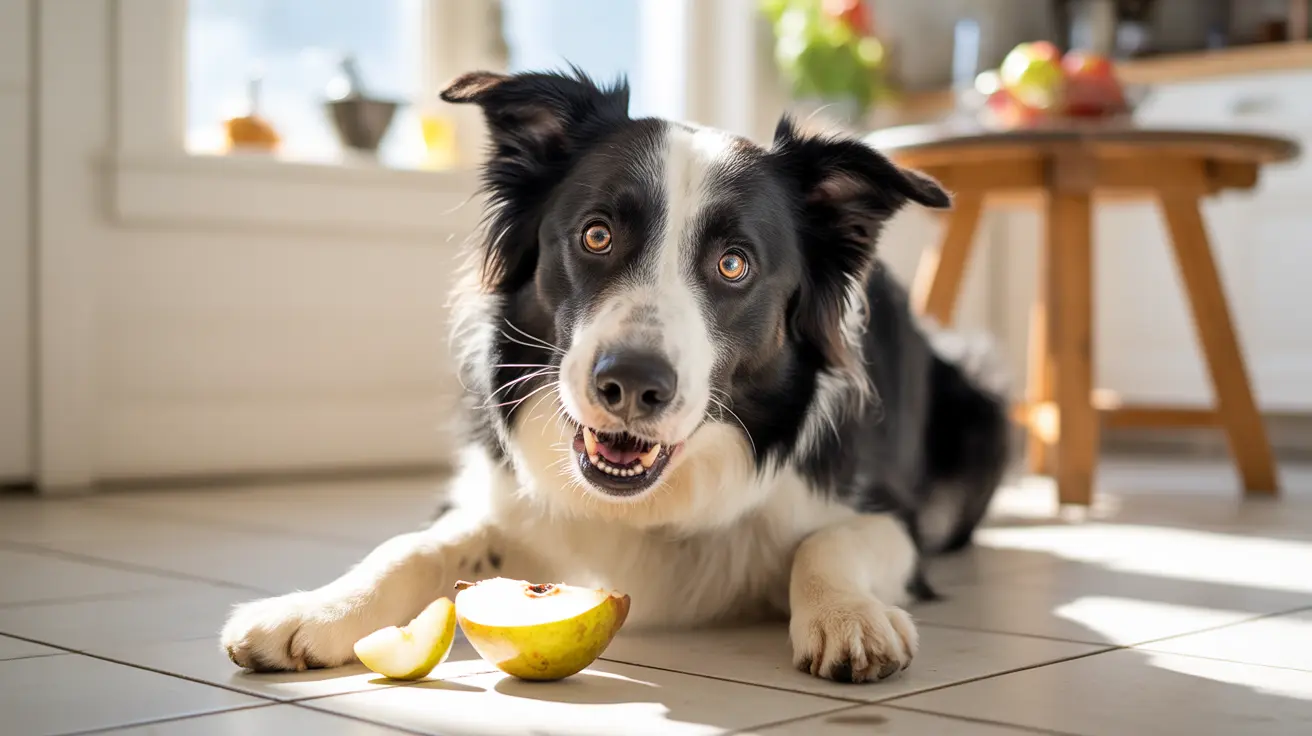Understanding the Most Common Cause of Bloat in Dogs
Bloat in dogs is a serious and often fatal condition that every dog owner should be aware of. The most common cause of this condition is
Gastric Dilatation and Volvulus (GDV), a medical emergency that can develop rapidly, especially in certain high-risk breeds.
What Is Gastric Dilatation and Volvulus (GDV)?
GDV occurs when a dog’s stomach fills with gas, food, or fluid and then twists upon itself. This twisting prevents the contents from escaping and restricts blood supply to the stomach and other organs. Without prompt treatment, GDV can lead to
shock, tissue death, and death within a matter of hours.
Breeds at Higher Risk
Some dog breeds are much more susceptible to GDV than others, particularly large, deep-chested breeds such as:
- Great Danes
- Saint Bernards
- Irish Setters
- German Shepherds
- Standard Poodles
- Weimaraners
Contributing Risk Factors
Even within at-risk breeds, several factors can further increase the likelihood of GDV:
- Eating one large meal per day
- Rapid eating
- Advanced age
- High anxiety levels
- Family history of GDV
- History of previous splenectomy (spleen removal)
Preventing Bloat: The Role of Gastropexy
The most effective method to prevent GDV is a
gastropexy, a surgical procedure that involves attaching the dog’s stomach to the wall of the abdomen to prevent it from twisting.
Types of Gastropexy Procedures
There are several variations of gastropexy:
- Incisional Gastropexy: Common and simple, involves suturing the stomach to the abdominal wall through small incisions.
- Belt-loop Gastropexy: The stomach is looped through a tunnel in the abdominal wall and secured.
- Circumcostal Gastropexy: Involves looping part of the stomach around a rib for anchoring.
- Laparoscopic-assisted Gastropexy: A minimally invasive version with a quicker recovery time and less postoperative pain.
When Is Gastropexy Performed?
Gastropexy is indicated both
preventively and during
emergency treatment for GDV:
- As an emergency surgery following GDV correction to prevent recurrence.
- As a prophylactic procedure, usually during spay/neuter in high-risk breeds or dogs with a family history of GDV.
Effectiveness and Prognosis
Gastropexy significantly reduces the chances of the stomach twisting again. Although it doesn't prevent gas buildup (bloat), it transforms a life-threatening emergency into a manageable condition.
- Recurrence rate after gastropexy:
less than 5%
- Without gastropexy:
up to 80% recurrence
- In Great Danes, prophylactic gastropexy can make them
30 times less likely to die from GDV
Recovery and Post-Surgical Care
Most dogs recover well from gastropexy. Depending on the type of procedure, full recovery takes between
2 to 6 weeks.
Post-surgical care includes:
- Restricting activity for 1–2 weeks
- Providing pain medications
- Keeping the incision clean and dry
- Using a recovery cone to prevent licking
- Feeding small, frequent meals
Laparoscopic surgeries often require less healing time and have lower infection risks, but they may only be available at specialty veterinary hospitals.
Additional Preventative Measures
While gastropexy is the most effective prevention against GDV, owners can also take these precautions:
- Feed multiple smaller meals per day
- Use slow feeders
- Feed dogs at ground level (not elevated)
- Avoid vigorous activity before and after meals
However, it is important to note that these methods alone do not fully prevent GDV.
Risks and Complications
Surgical complications are rare but may include:
- Incision site infection or irritation
- Reactions to anesthesia
- Minor bleeding
- Temporary gastrointestinal upset such as vomiting or diarrhea
Conclusion
Gastric dilatation and volvulus (GDV) is the primary cause of bloat in dogs and poses serious health risks. Knowing the signs, understanding risk factors, and considering preventative surgery like gastropexy can save your dog’s life. Early planning, particularly with high-risk breeds, is essential for effective management and prevention.





